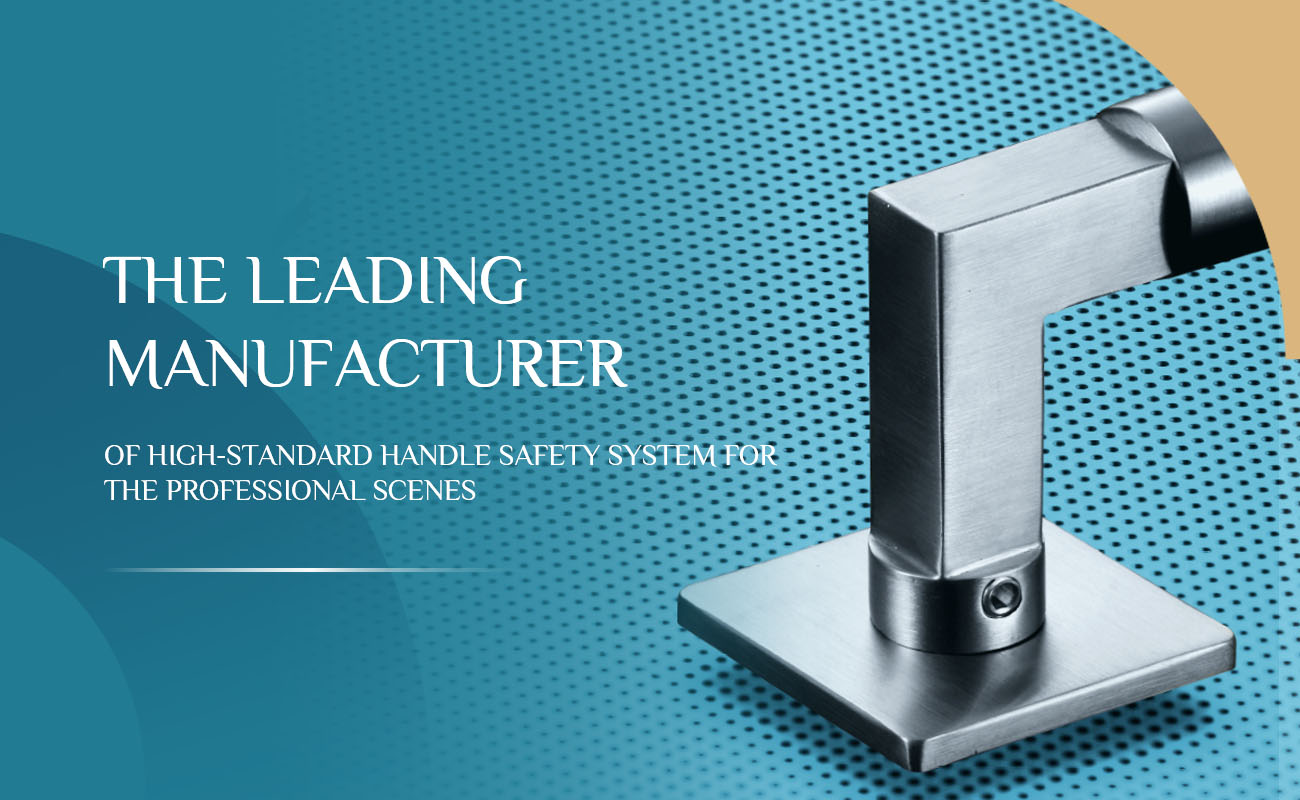Value Analysis Value Engineering
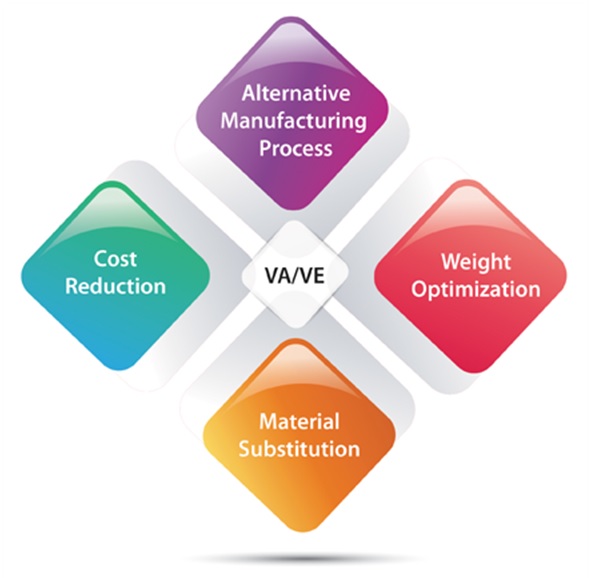
What is Value Engineering
Value Engineering (VE) optimizes product design early to reduce costs and enhance functionality before major investments in tooling and equipment. Since up to 80% of lifecycle costs are set during the design phase, VE helps ensure cost-effectiveness and efficiency. DIRECCIÓNing issues early avoids expensive changes later, making VE a valuable investment for successful product development.
What is Value Analysis
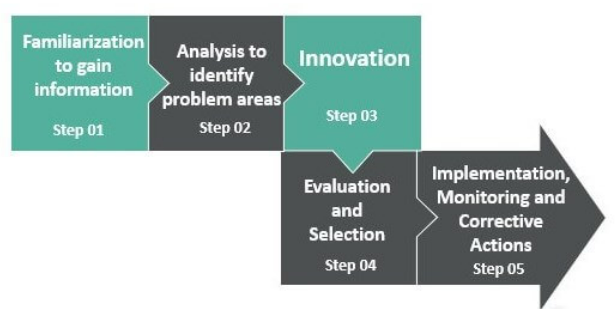
Value Analysis enhances existing products by analyzing them to reduce costs and improve functionality. A team evaluates every aspect, focusing on costs, functions, components, and design factors like ease of manufacturing. A key element is Functional Analysis, where the product is broken into assemblies, each with assigned functions and costs. This modular approach identifies improvement opportunities and alternatives. VA is a team effort aimed at increasing product value and performance for the customer.
What role do Value Analysis and Value Engineering play in cost control in our hardware Industry?
Combining Value Analysis (VA) and Value Engineering (VE) can greatly improve cost control in the hardware industry. VE helps design new hardware more cost-effectively from the start, avoiding expensive mistakes. VA then fine-tunes existing products, finding ways to cut costs and boost performance. Together, they ensure both new and current products are more efficient and cost-effective, leading to better quality and stronger market competitiveness. This approach helps hardware manufacturers streamline their processes and deliver greater value.
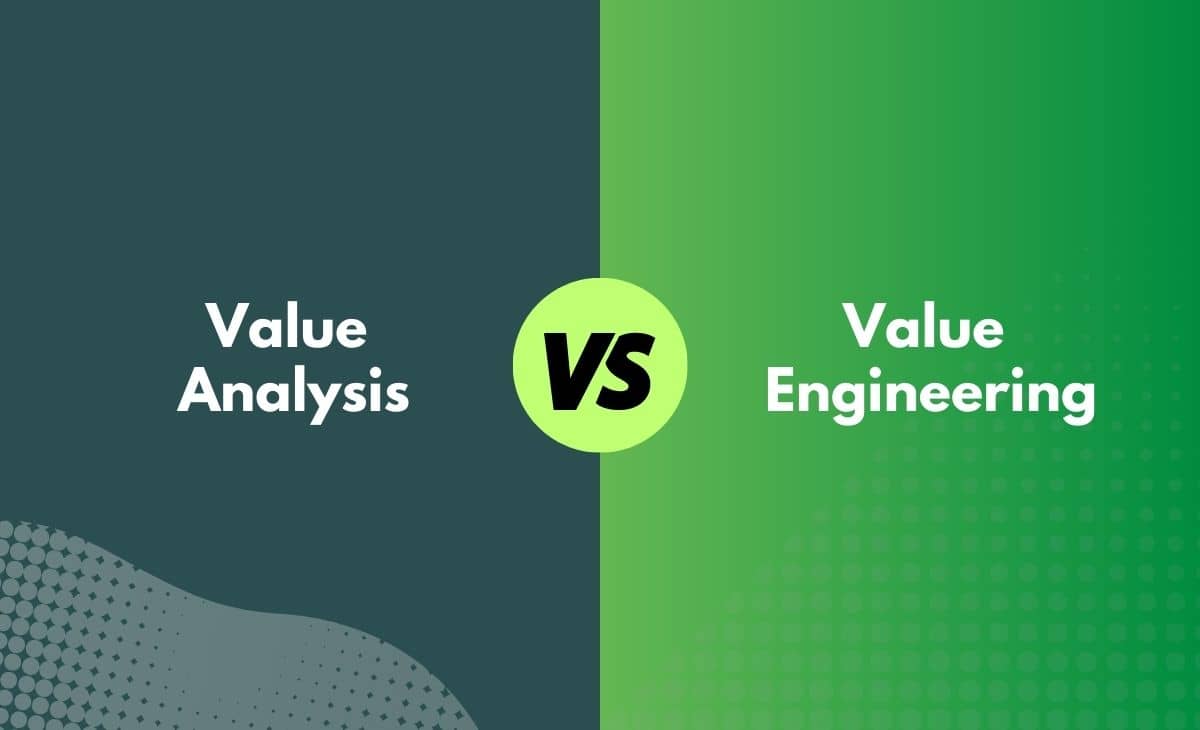
Value Analysis and Value Engineering (VAVE) effectively reduce costs while maintaining quality through:
Function-Focused Design: Simplifies designs by focusing on essential functions rather than traditional methods.
Alternative Solutions: Explores cost-effective materials and processes that maintain quality.
Early Stage Evaluation: Identifies cost-saving opportunities early to avoid costly changes later.
Continuous Improvement: Regularly reviews and refines existing products to enhance performance and reduce costs.
Team Collaboration: Uses diverse team expertise to ensure cost-saving measures do not compromise quality.
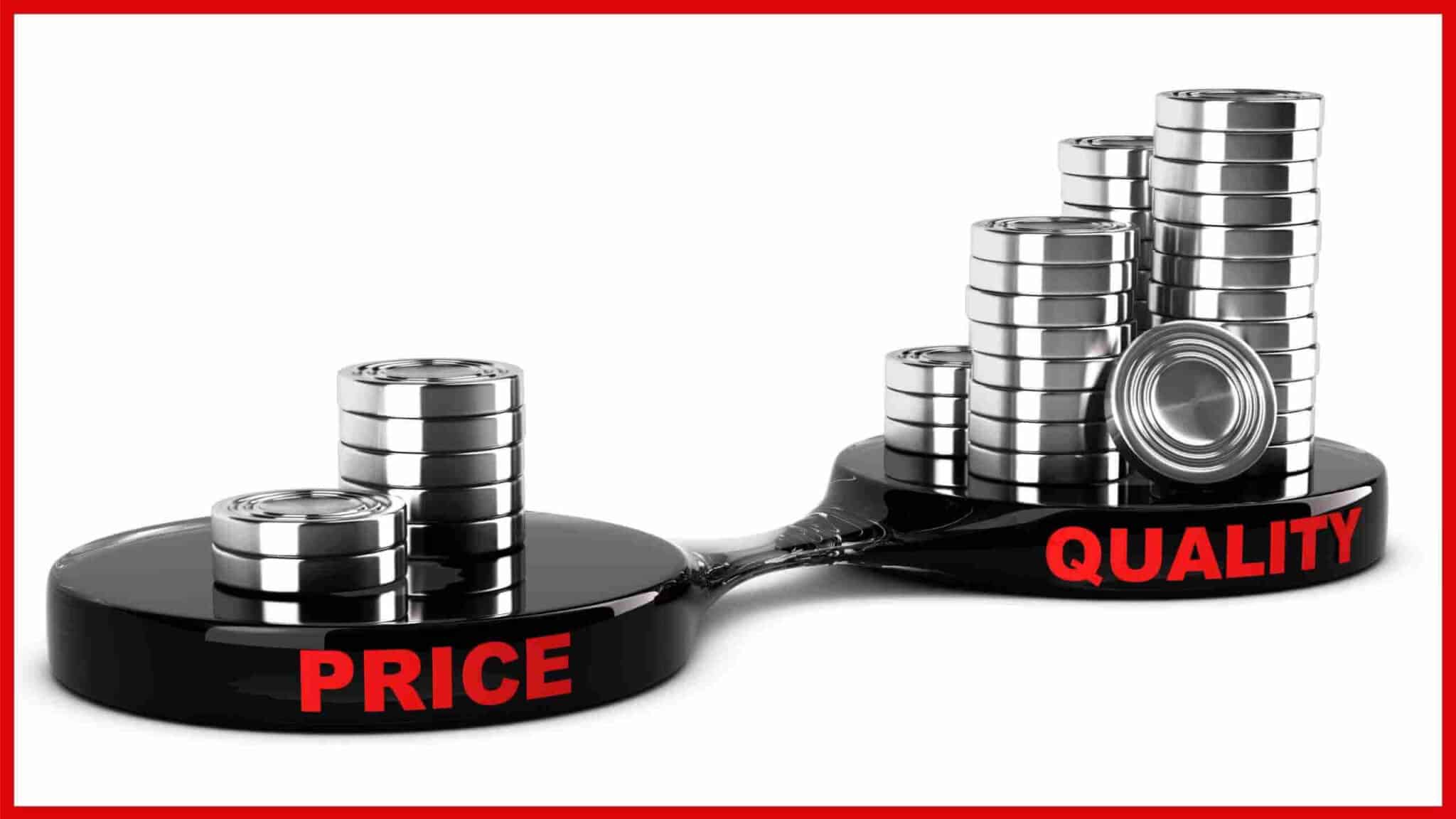
Is the Value Analysis and Value Engineering (VAVE) cost control system becoming increasingly popular across various industries?
Yes, the Value Analysis and Value Engineering (VAVE) cost control system is indeed gaining widespread adoption across various industries. Its structured approach to optimizing product designs and improving existing products helps organizations reduce costs, enhance functionality, and increase efficiency. By focusing on both new and existing products, VAVE provides a comprehensive method for achieving cost savings and better value, making it a valuable tool for many sectors striving to stay competitive and improve their bottom line.
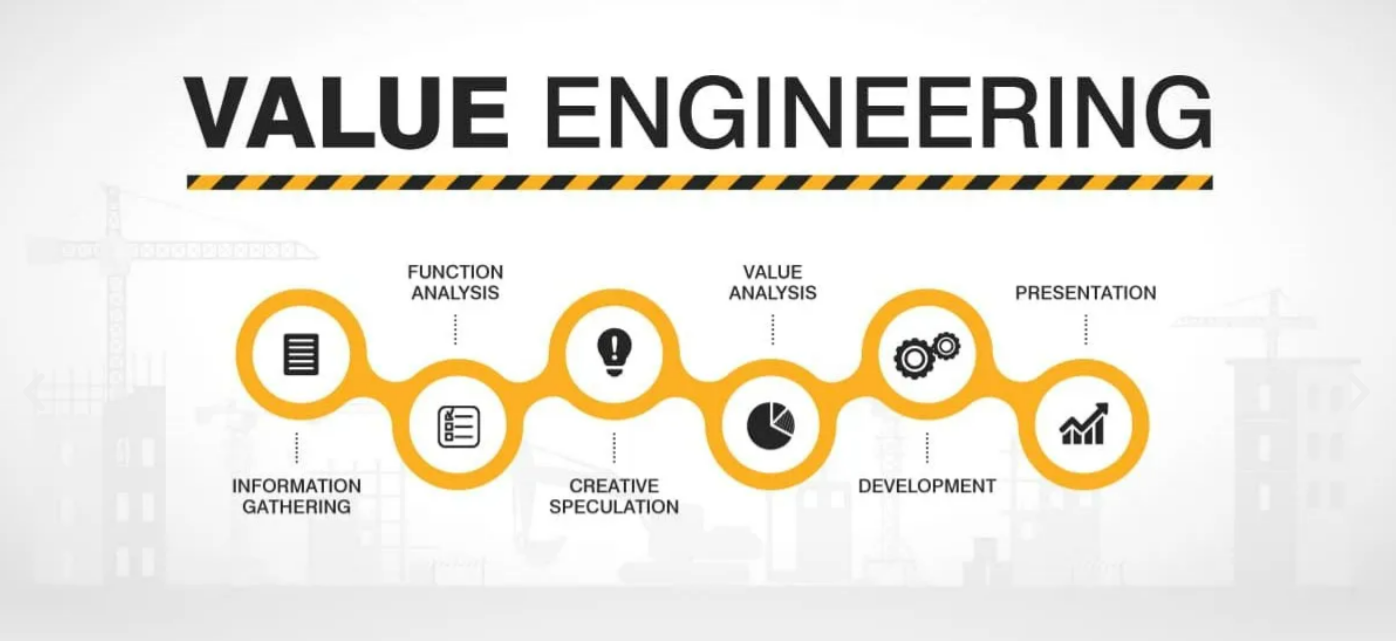
How HANGFAT help clients reduce costs in the actual production process while maintaining reputation and quality?
1.According to national and international market cost data, analyze and evaluate the components of materials, processes, labor, and techniques to find high-cost areas and opportunities to save money.
2.Based on the analyzed data, develop optimization plans that are acceptable to both demand and supply sides.
3.Apply the optimal cost improvement plan.
4.Verify that the plan, when applied, achieves expected results, gathers feedback, and revises the necessary adjustments for better optimization of effectiveness.
5.The implementation plan for VAVE agreed upon with the customer is one continuous process, always open to further improvement and optimization. Regularly appraise products and processes to ensure cost-effectiveness and competitiveness in the marketplace.
So far, more than 365 VAVE supply and demand solutions have been implemented, saving clients over $8.74 million US Dollars in total while preserving quality.







